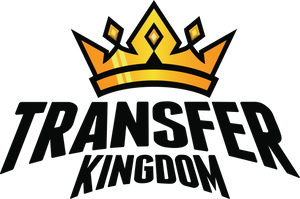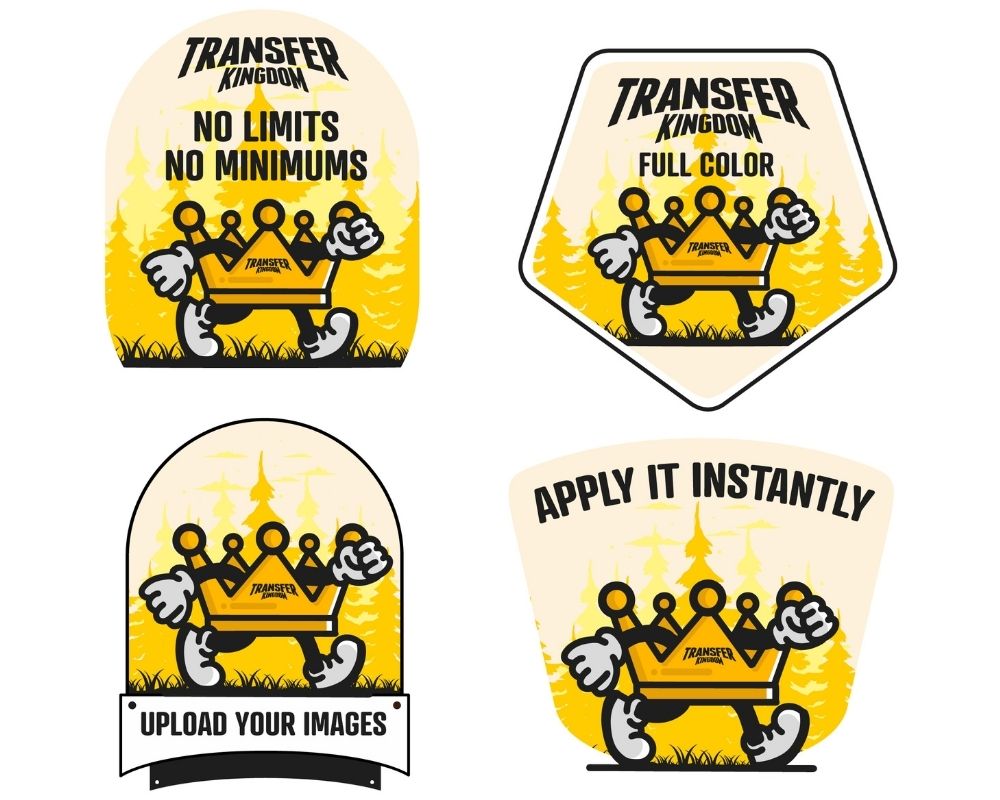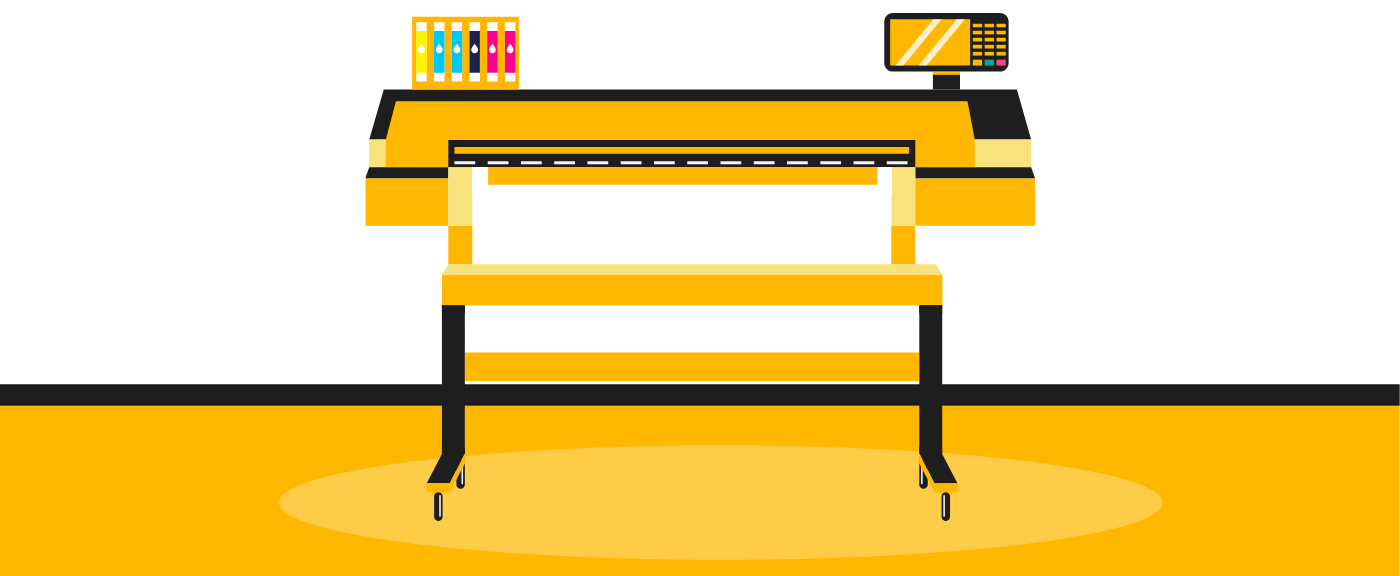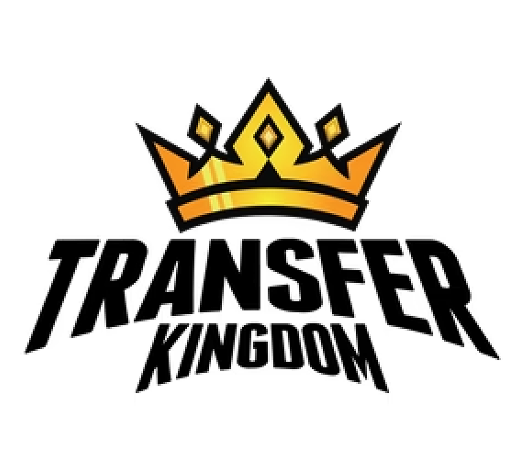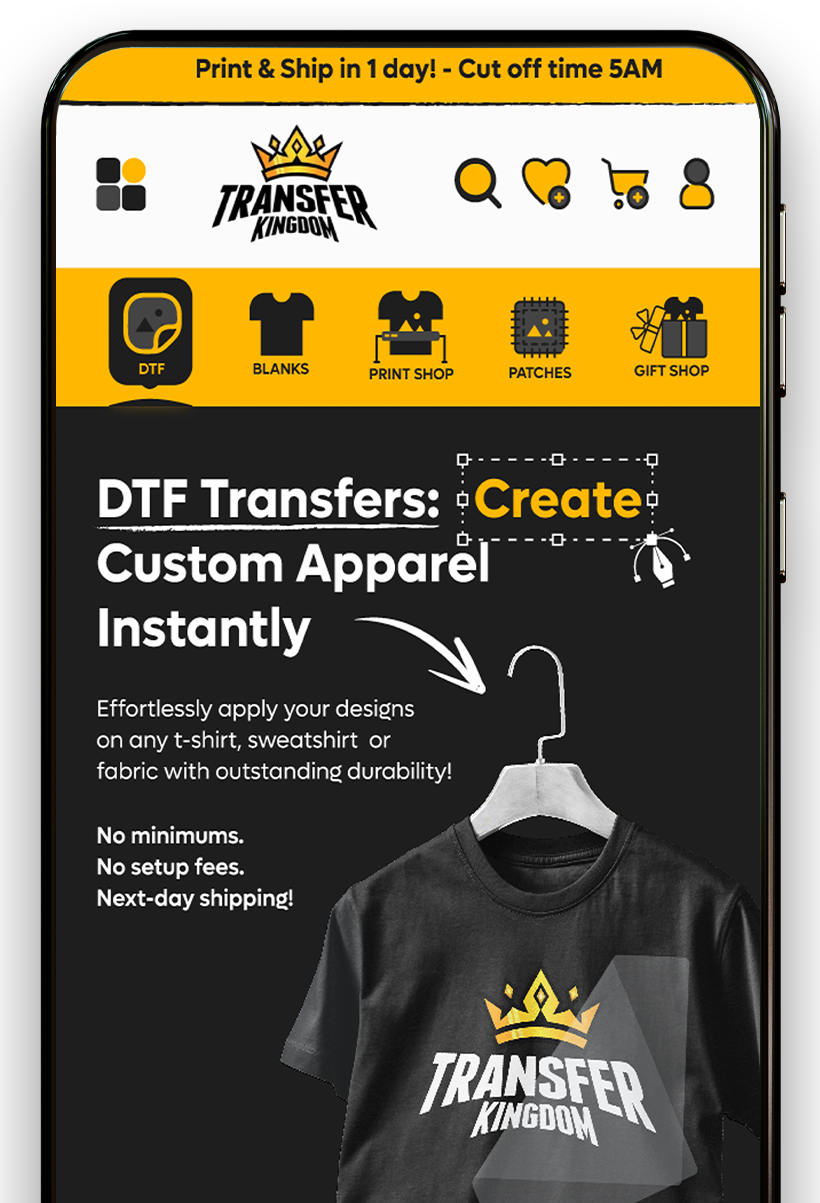Starting Your DTF Transfer T-Shirt Business
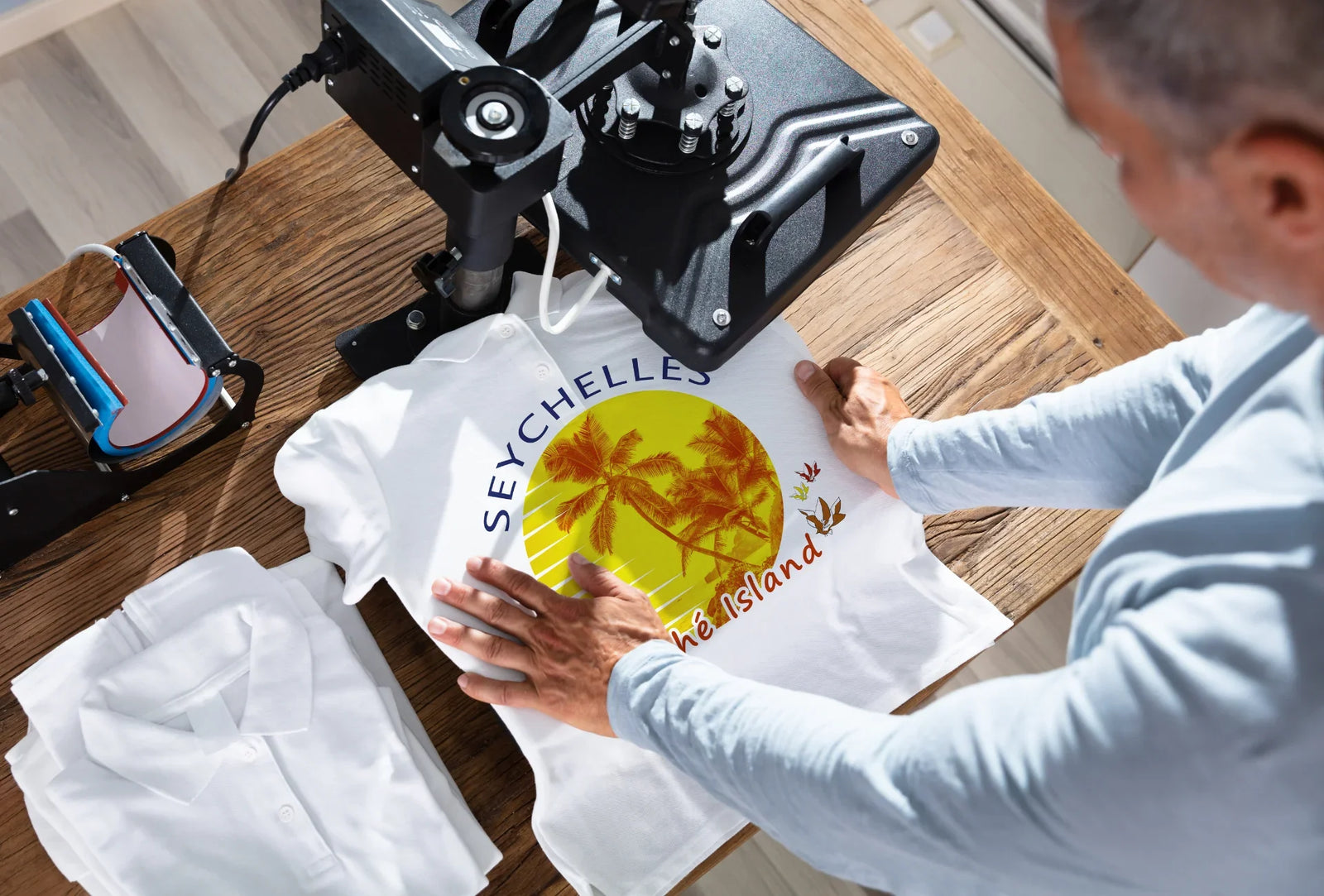
Have you ever dreamed of launching a business that combines creativity with the potential for significant profit? A t-shirt business might be your perfect venture. With advancements in printing technology, specifically direct-to-film transfers, the barriers to entry for this business have never been lower. If you’ve ever wondered how to start a t-shirt business, this article will provide all the information you need.
The custom apparel industry is thriving, with the global t-shirt market booming to $7.21 billion in 2023. More importantly, the industry is expected to grow to $10 billion over the next five years. This growth is fueled by several factors, including the ease of e-commerce, the rise of print-on-demand technology, and the global reach of social media marketing. And thanks to tools like Canva and Adobe Express, even non-artists can start producing high-quality t-shirt designs with minimal investment.
Choosing the Right T-Shirt Business Model
One of the first things you need to do when starting a t-shirt printing business is decide on the ideal business model for you. This is crucial, as it will affect your startup costs, inventory management process, profit margins, and scalability. You have a few options, each with its own benefits and drawbacks.
Here are the three main t-shirt printing business models:
- Traditional bulk printing – This business model involves partnering with a screen printing company to produce large quantities of shirts upfront. While this method requires more initial capital, it also allows for higher profit margins. However, you will also need to manage inventory and unsold stock.
- Print-on-demand – This business model eliminates most upfront inventory costs because you will only print shirts after orders come in. This not only allows for unlimited design creativity, but reduces the risk of overstock. That said, POD limits can affect quality control and – in some cases - restrict product options.
- Hybrid POD model – This approach involves buying blank shirts and pre-printed transfers for popular designs, then applying these transfers to shirts as orders arrive. This method balances the benefits of both models, offering higher margins with reduced inventory risk.
It’s important to note that there is no “perfect” t-shirt printing business model. Ultimately, the choice between these models depends on your capital availability, risk tolerance, and operational preferences.
What is DTF Transfer?
Nothing has revolutionized the t-shirt printing industry quite as much as direct-to-film transfers, also known as DTF. This method involves printing designs onto a piece of film, which is then heat-pressed onto the garment, resulting in durable, vibrant, and versatile designs. DTF printing is particularly beneficial for small businesses or startups due to its low upfront costs, ability to produce photorealistic designs, and compatibility with a wide range of fabrics.
Understanding the differences between DTF and traditional screen printing transfers can help you choose the best approach. For instance, screen printing involves transferring ink through screens using water-based pigments. Though screen printing and DTF use a hot melt adhesive, the former is best for simple, one-to-two-color designs. The equipment is also much more expensive, which makes it prohibitive for many companies that are just getting started.
For smaller operations and more detailed designs with multiple colors, DTF is widely considered the best (and most affordable) option. You can find high-quality, affordable DTF printing products here.
Things You’ll Need for DTF Printing
- Direct to Film Printer - These specialized printers are specifically made for DTF processing. As the largest investment for your new t-shirt business, they range from a few hundred dollars to up to $6000, depending on the model, size, and brand.
- DTF Software – There are DTF software bundles available for as low as $14.99, and there are even a few free options out there. Depending on the printer you buy, it may also come with software already.
- DTF Transfer Film - DTF films are available in both cut sheets and rolls. 100 sheets will run you between $50 and $75, and rolls typically cost between $80 and $100.
- DTF Powder – The powder is the adhesive that binds the design to the t-shirt during the printing process. You can expect to spend between $25 and $40 per package.
- DTF Ink – You’ll want to use DTF ink that is compatible with your printer to avoid clogging and other problems. While the ink is not necessarily cheap, you can save significantly by buying in bulk.
- DTF Heat Press – The heat press is used to apply heat and pressure, transferring the ink and adhesive from the PET film to the textile. They are generally quite affordable, with most costing under a few hundred dollars.
The T-Shirt Printing Process
DTF printing stands out for its ability to produce full-color, photorealistic designs on pretty much any color or type of fabric. It is also incredibly cost-effective, requiring only pre-printed transfers and a heat press to get started making shirts. Though it is rather easy, the printing process involves several steps that must be carefully followed in the proper order.
DTF T-Shirt Printing: A Step-by-Step Guide- #1 Print on Film – After your design is ready, prepare and place the DTF film into the machine and print it.
- #2 Apply the Powder - While the ink is still wet, evenly distribute the adhesive powder over the print, ensuring it only sticks to the printed areas. Excess powder should be carefully removed to prevent any from remaining outside the design area. Remember, this is what will bond the print to the fabric.
- #3 Cure the Powder - Use a heat press set to 350 degrees Fahrenheit and hover it above the print for 2 minutes to cure the powder onto the print.
- #4 Transfer the Design - With the print prepared, it's time to transfer it onto the fabric. Position the transfer film on the garment and use the heat press once more to transfer the design.
- #5 Peel the Film Off - The method for peeling off the transfer film varies depending on the type of DTF film used. You may need to wait for the print to cool down completely or peel it off while it is still warm. Always consult the specific instructions for your DTF film for the best results.
Your T-Shirt Business Needs a Niche
Identifying a niche is crucial in setting your t-shirt business apart in an increasingly crowded market. It’s always a good idea to start with your personal interests or concepts you feel might inspire unique t-shirt designs. You can also go online and conduct to try and spot market trends and gaps in the market, analyze competitors, and validate your ideas with your target audience. Whatever you decide on, your brand’s success relies on your ability to create designs that resonate with a specific niche can significantly impact your brand's success. Avoid copyrighted images or art taken from the internet, as this could end up in you getting a “cease and desist” letter delivered to your door.
Recipe for Success: Use Quality Products, Create Quality Designs
The foundation of a successful t-shirt business lies in the quality of both your products and designs. Opt for high-quality, comfortable fabrics that won’t break the bank. You should also pay attention to fit and style trends and try to choose reputable brands whenever possible. Remember, the quality of your blanks and the creativity of your designs are what will make your brand stand out. If you’re looking for high-quality t-shirt blanks and printables, click here.
The Final Step: Start Selling!
Choosing the right sales channels is critical. E-commerce offers a wide reach with lower overhead. Meanwhile, physical stores provide local visibility but come with significantly higher costs. Lots of first-time t-shirt business owners prefer to start with online marketplaces or a self-hosted e-commerce website to test designs and build their brands. Also, a hybrid approach that utilizes both online and physical channels can be an effective strategy as your business grows.
By following these guidelines and embracing the power of DTF printing and e-commerce, you're well on your way to launching a successful t-shirt business. With creativity, quality, and a clear understanding of your niche, you can turn your t-shirt dreams into reality.
